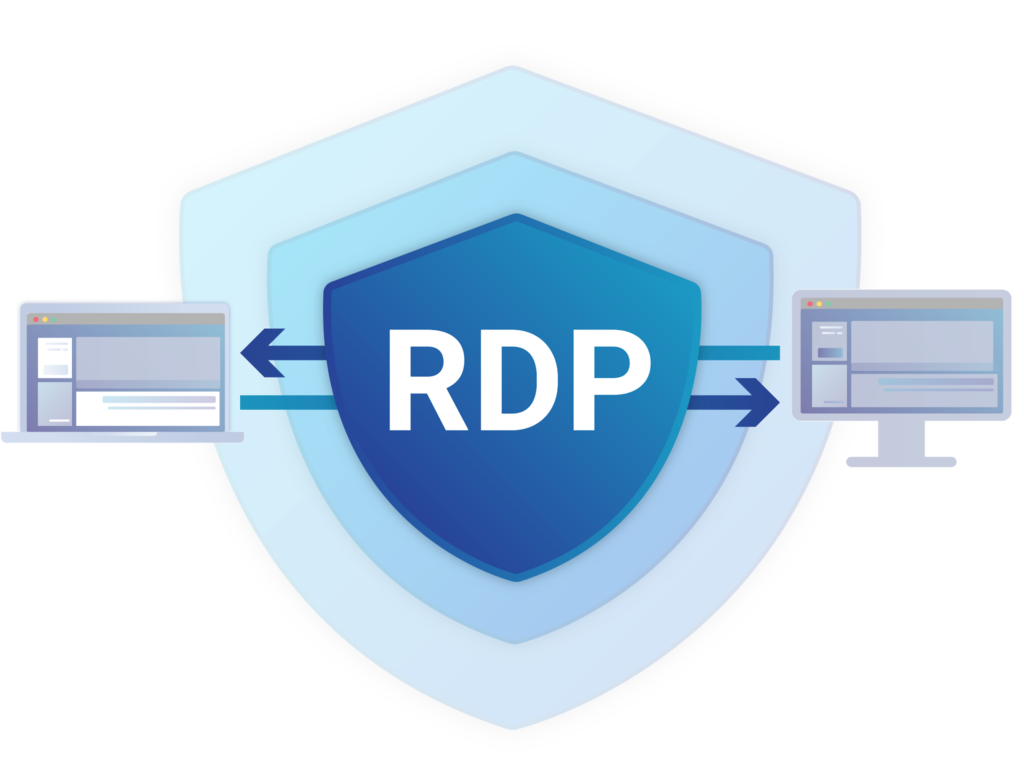
Remote Desktop Protocol (RDP): RDP is a technology developed by Microsoft that enables users to connect to and control a remote computer as if they were physically present at the same location. It is widely used for various purposes, including remote work, IT support, and accessing resources on a distant machine.
RDP in the Singapore Context: In the dynamic and technology-driven landscape of RDP Singapore plays a crucial role in facilitating efficient remote access. With Singapore being a hub for business and technology, the use of RDP is prevalent in corporate settings, allowing employees to
-
Enable Remote Desktop on the Host Computer:
- Go to the Control Panel.
- Navigate to “System and Security” > “System.”
- Click on “Remote settings” on the left.
- Under the “Remote” tab, check the box that says “Allow Remote Assistance connections to this computer.”
-
Find the IP Address of the Host Computer:
- You will need the IP address or hostname of the computer you want to connect to. You can find this information in the system settings or by using the command prompt and typing
ipconfig.
- You will need the IP address or hostname of the computer you want to connect to. You can find this information in the system settings or by using the command prompt and typing
-
Connect to the Remote Computer:
- On your local computer, open the Remote Desktop Connection application (you can find this in the Start menu on Windows).
- Enter the IP address or hostname of the remote computer.
- Click “Connect.”
- You may be prompted to enter your username and password for the remote computer.
-
Remote Control:
- Once connected, you will see the desktop of the remote computer on your local screen.
- You can now control the remote computer as if you were sitting in front of it.
Please note that for security reasons, it’s advisable to use strong passwords and keep the remote desktop access restricted to authorized users. Additionally, some versions of Windows may have specific firewall settings that need to be configured to allow RDP connections.
It seems like you’re asking whether Remote Desktop Protocol (RDP) works in Singapore. Yes, RDP should work in Singapore, as it is a widely used protocol for remote access and is not restricted based on geographical location.
If you are having specific issues with RDP in Singapore, it could be related to network configurations, firewalls, or specific settings on the computers involved. Ensure that the computer you’re trying to connect to has RDP enabled and that the necessary network and firewall settings allow for remote connections.
If you encounter any difficulties, you might want to check the following:
-
Firewall Settings: Make sure that the firewall on the computer you want to connect to allows incoming RDP connections.
-
Network Configuration: Ensure that the network you are connected to allows RDP traffic. If you are in a corporate environment, there might be network policies in place that restrict certain types of traffic.
-
Remote Desktop Settings: Double-check that Remote Desktop is enabled on the target computer and that the user account you are using has the necessary permissions to connect remotely.
-
Internet Connection: If you are connecting over the internet, ensure that both the client and server have a stable internet connection.
work remotely, collaborate seamlessly, and access office systems from different locations.
Business and Remote Work: Especially in the context of the COVID-19 pandemic and the subsequent rise in remote work, RDP has become an integral part of Singapore’s business operations. It empowers organizations to maintain productivity and flexibility, enabling employees to connect to their work computers securely from home or other remote locations.
Security Considerations: While RDP offers convenience, it’s important to address security concerns. Singapore, recognizing the significance of cybersecurity, emphasizes best practices to secure RDP connections. This includes implementing strong authentication methods, using secure and encrypted connections, and regularly updating software to patch vulnerabilities.
Network Infrastructure: Singapore boasts advanced network infrastructure, ensuring high-speed and reliable internet connections. This robust infrastructure contributes to the efficiency of RDP connections, providing users with a smooth and responsive remote desktop experience.
Regulatory Compliance: Singapore has stringent data protection and privacy regulations. When utilizing RDP services, organizations need to adhere to these regulations to ensure the secure handling of sensitive information. Compliance with data protection laws is a key consideration in the deployment and use of remote desktop solutions.
In conclusion, RDP in Singapore is a valuable technology that aligns with the country’s tech-forward approach and the demands of a modern, flexible workforce. As with any technology, users and organizations must balance the benefits of remote access with robust security measures to ensure a safe and productive computing environment.

